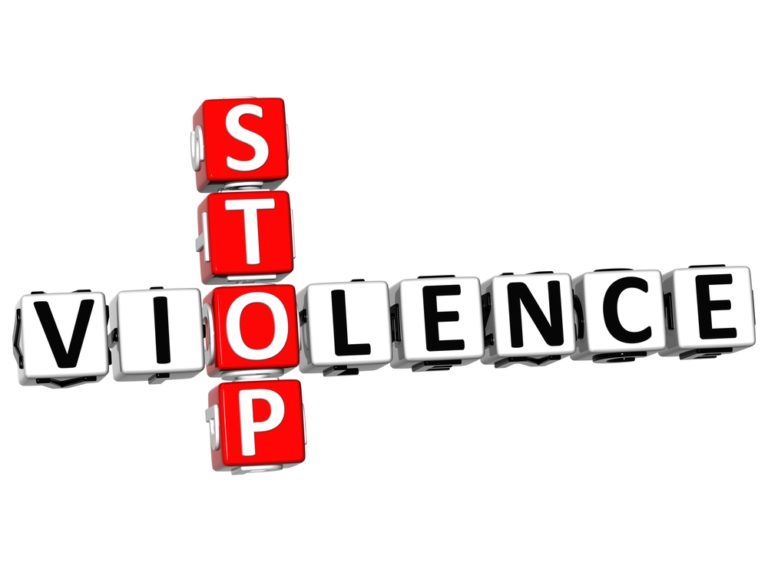What is Family Violence?
July 21, 2017
By Seed Psychology in Resources, Violence

Family violence affects one in four Australian women and can have catastrophic consequences for women and children. Family violence is experienced in many different ways:
- Physical abuse – Physical abuse, intimidation, or destruction of property including pushing, shoving, breaking objects, putting a fist through a wall, threatening a partner
- Sexual abuse – Coercing or forcing someone into unwanted sexual acts
- Social abuse – Limiting or restricting a partner’s access to friends, family, and support networks
- Financial abuse – Controlling or limiting a partner’s access to money
- Verbal abuse – Screaming, shouting, name-calling, criticising, and ridiculing
- Psychological abuse – Humiliating a partner and undermining the partner’s confidence by convincing that person that he/she is a ‘bad person,’ or ‘incompetent’
- Stalking – Following and watching the partner, unwanted phone calls or other forms of contact
- Spiritual abuse – Undermining a partner’s spiritual beliefs and practices.
Family violence is characterised by patterns of control and manipulation. It can sometimes be difficult to recognise when family violence is occurring, and victims often find themselves excusing their partner’s behaviour.
Children raised in violent homes often experience high stress levels, fear, and confusion and can sometimes mimic violent or unhealthy behaviour towards their siblings, friends, or other people.
If you are concerned that someone you know may be experiencing family violence, you can contact one of the following organisations:
- Safe Steps Family Violence Response Centre – 1800015188
- 1800 RESPECT – 1800737732
- inTouch Multicultural Centre Against Family Violence – 1800755988
- Women’s Information Referral and Exchange – 1300134130
- Women’s Legal Service Victoria – 9462 0343 or 1800133302
- Legal Aid Information Service – 9269 0120.
By Joanna Godden, Psychologist at Seed Psychology





